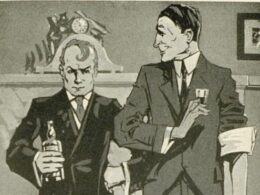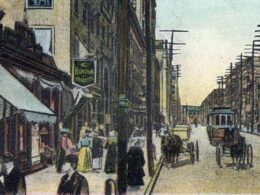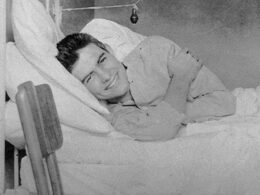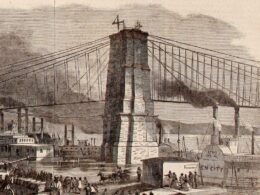From Ernest Hemingway: A Farewell to Arms & Other Writings 1927–1932
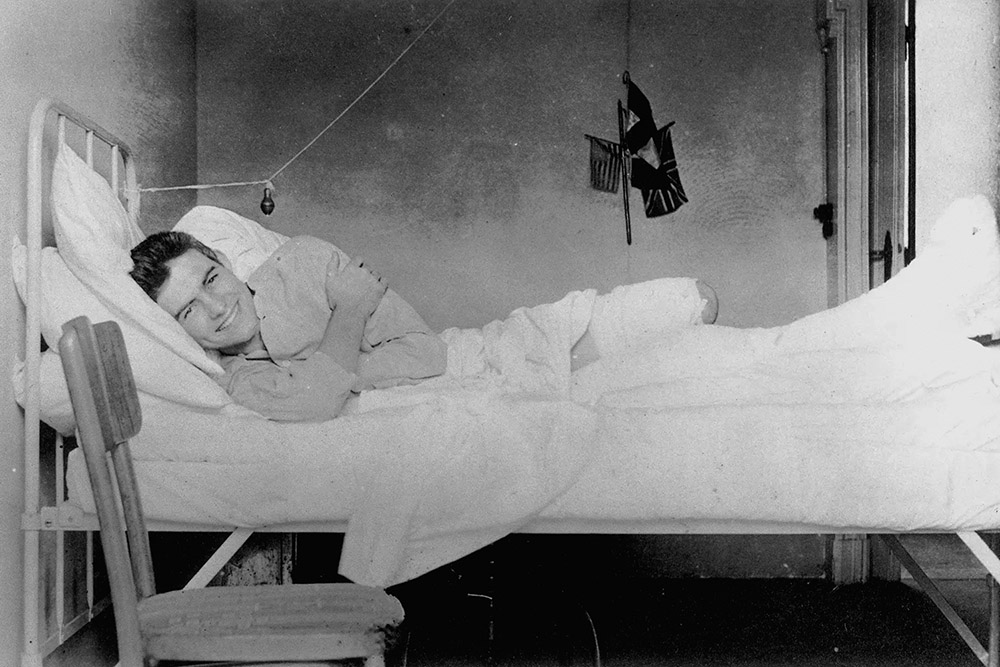
In the spring of 1918, Ernest Hemingway enlisted with the Red Cross Ambulance Corps, went to New York for two weeks of training, and arrived in Milan in early June. The newest group of American volunteers were distributed along the Piave front: Hemingway ended up in the war-ravaged village of Fossalta, while two new friends, William Horne and Warren Pease, set up camp a few miles away on the upper floor of a building that housed silkworms. “For a week, nothing happened,” Horne later recalled. “No canteen. No supplies for a canteen. No instructions. No action. Nothing but silkworms gnawing and mosquitoes stinging.” Equally bored, Hemingway rode his bicycle to spend a night with his friends, falling asleep on the floor to the sound of the silkworms chewing on mulberry leaves.
A little more than a week later, he was seriously injured in a mortar attack at a canteen station close to the front. “You know they say there isn’t anything funny about this war. And there isn’t,” he wrote to his family from the hospital in Milan. “I wouldn’t say it was hell, because that’s been a bit overworked since Gen. Sherman’s time, but there have been about 8 times when I would have welcomed Hell. Just on a chance that it couldn’t come up to the phase of war I was experiencing.”
Four years later, Hemingway was living in France with his wife, Hadley, and working for the Toronto Star as a European correspondent. The couple went on a hiking trip for several weeks through Switzerland and Italy and ended up in Milan, an excursion memorably recorded by Hemingway in A Moveable Feast. On June 11, 1922, Ernest and Hadley took a car up to the area where he had been stationed on the front. In a letter to Horne, “I found where I’d been wounded, it was a smooth green slope down to the river bank—reminded me of contemporary pictures of the battle of Gettysburg.” He also made one other stop, where he revisited “the silk worm raising house in Monastir where I found the great Horned Article in his pyjamas lying on a stretcher listening to the silk worms chew.”
Yet another four years would pass when, in late 1926, Hemingway would write a story inspired by his night in the silkworm house. That story, “Now I Lay Me,” is our Story of the Week selection, to which we’ve added an introduction attempting to separate the autobiographical elements in the story from the fiction.
